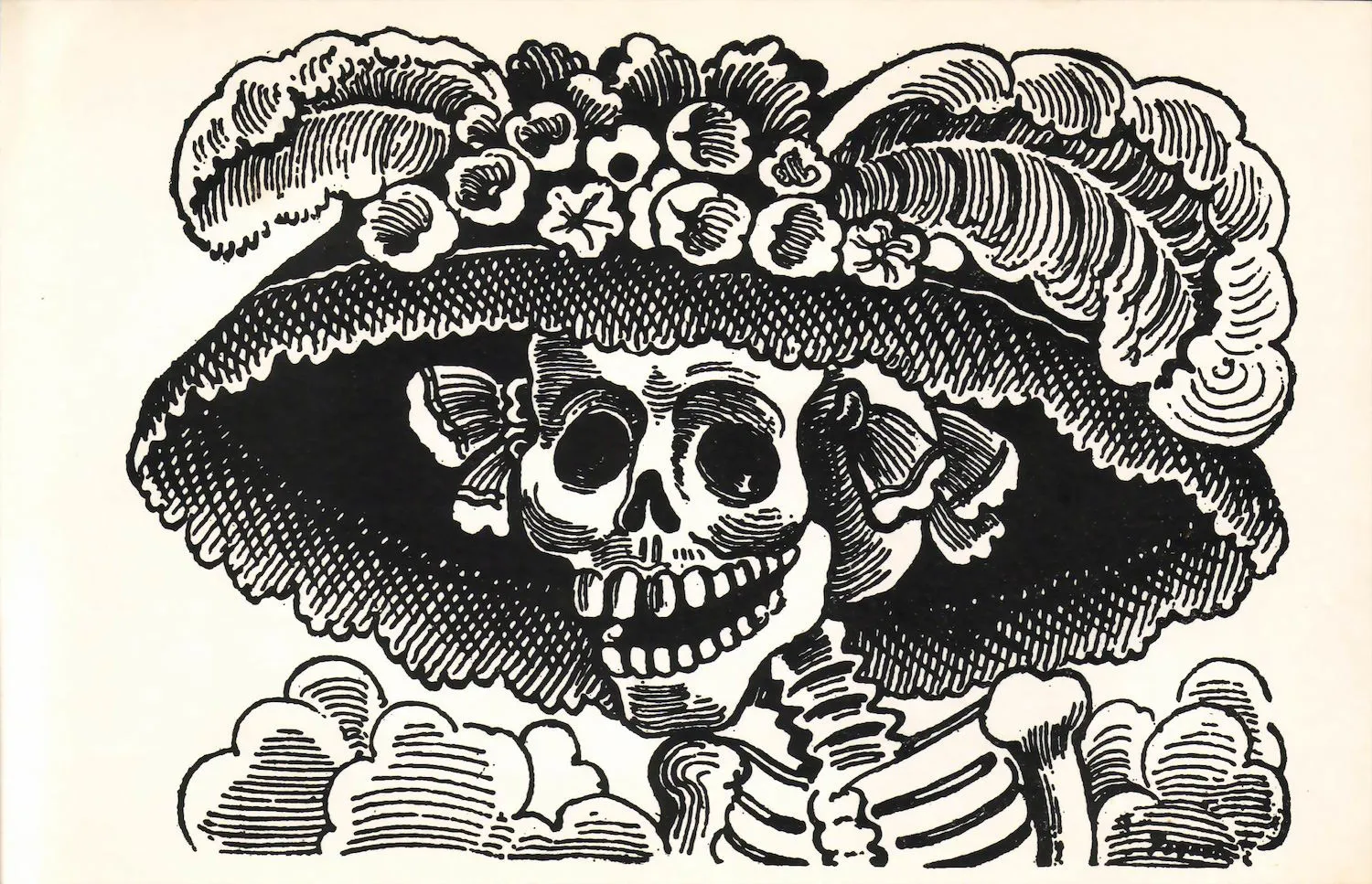By Erika Koutroumpa,
Even if you are not from the United Kingdom or the United States, you are sure to be familiar with the commercialized version of Halloween via the consumption of mass media and pop culture references. In more recent years, some of the festivities are inspired by another holiday, known as Día de los Muertos. Though not as famous as Halloween, it is also of great cultural significance and uniquely celebrates the memory of the dead.
Día de los Muertos is a Mexican holiday that is recognized by UNESCO as an Intangible Cultural Heritage of humanity, celebrated between November 1st and 2nd. It was initially celebrated by the Aztec, Toltec, and Nahua people as a way to keep the life and spirit of the deceased members of the community alive. Rather than focusing on horror, like its western counterpart, the celebration is characterized by its colorfulness and playful atmosphere, with a plethora of flowers, candles, and music setting the mood for the night.

Each family creates a private altar at home to welcome the deceased family members. These are often decorated with flowers, especially marigolds, which are the trademark blossom of the celebration. The marigold petals are also scattered on the floor so that the dead can find their way home, while the smoke of copal incense is used as a means of prayer and purification around the altar. A lot of the time, relatives also bring the dead’s favorite food as an offering, or pan de Muerto (bread of the dead), pulque, and atole, the sugary drinks associated with the festivity.
One of the most commonly seen symbols of Día de los Muertos is that of skulls. In the 17th century, Italian missionaries brought the art of sugar skull making to Mexico. Over time, the sugar skull designs grew in complexity and became a focal point of the holiday. Chocolate and sugar skulls are popular altar offerings, and they can also be seen as part of the decoration. Skulls are an element that is noticed in the altars, the attire, and even in art. In the late 18th to 19th century, there was the emergence of short poems called Calaveras (=skulls), which satirized the living often seen in tombstone epitaphs. The tradition is still alive, with even the local radio stations joining in on the fun.
But the festivities do not limit themselves to the home environment. The streets are decorated in colorful pierced tissue paper, called papel picado, created to symbolize the fragility of life, people wear fancy outfits and paint their faces to resemble sugar skulls and gather up for the celebrations. Mexico City is particularly famous for its carnival, with live music, parades, and bike rides spawning all over the capital. However, it is important to note that celebrations and attire vary depending on the community.

Mexico is a Latin American country with deep indigenous origins, with a heavy Spanish catholic influence in the centuries post-colonization. Día de los Muertos itself has become a blend of the catholic All Souls’ Day with some native American elements. It has often been used to criticize social discrepancies caused by this history, such as through Diego Posada’s 1947 skeleton mural Calavera Catrina. Through the image of a skeleton with a large western-style ladies’ hat, the rich members of the community at the time (1852-1913) were criticized for rejecting their heritage and trying to conform to European norms.
To sum up, the Mexican Day of the Dead serves as a way to remember the lives of our loved ones who have passed on and as a reminder for us to celebrate being alive. Its unique way of marrying the macabre with the playful has landed it on the map worldwide in the last few years, with many other artists drawing inspiration from it. At the same time, Mexicans should use it to embrace their identity as a nation and their long enduring history.
References
-
Top ten things to know about the day of the dead. national geographic.com. Available here
-
Dia de Los Muertos. themexicanmuseum.org. Available here
-
Intangible heritage list – Indigenous day of the Dead. unesco.org. Available here




